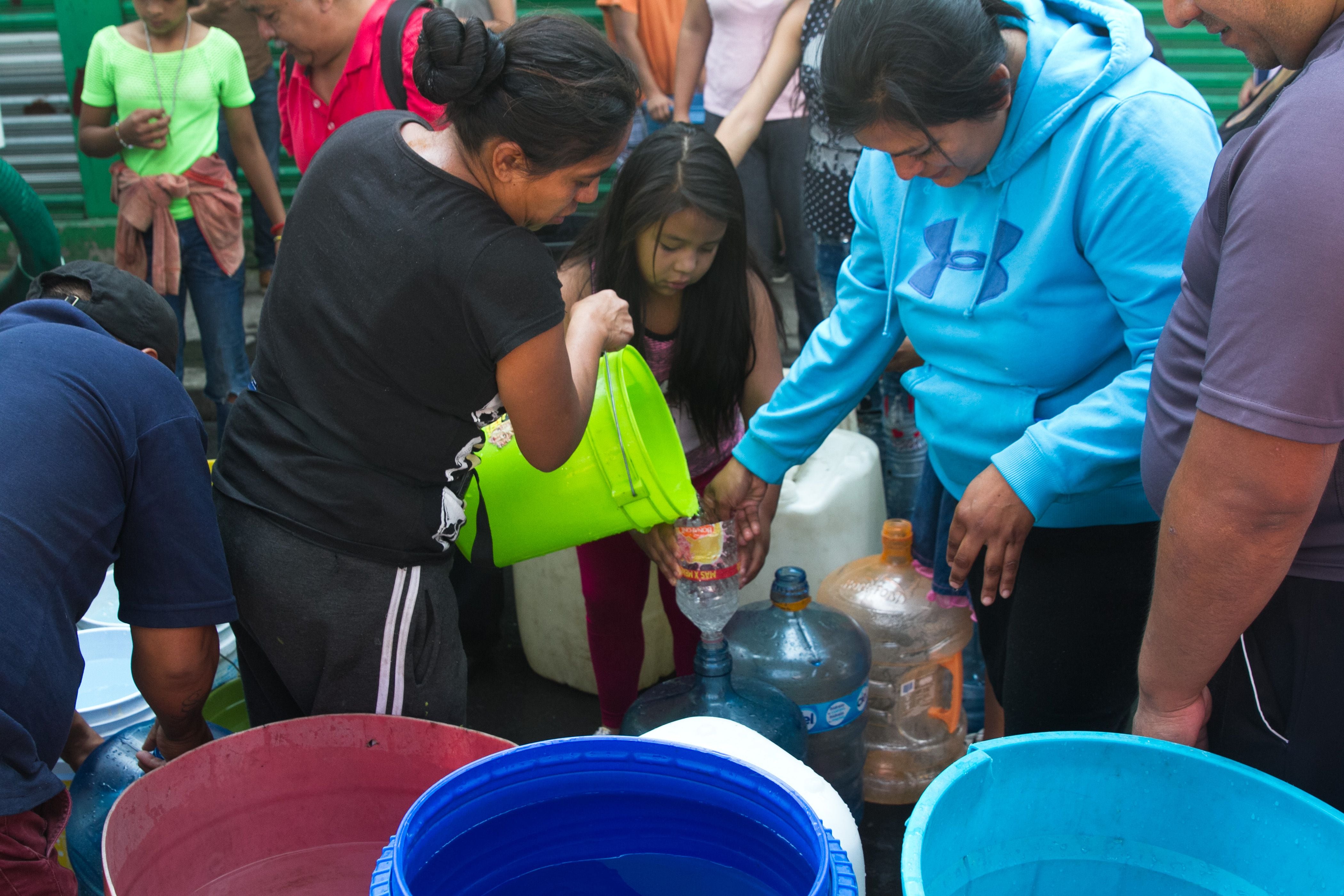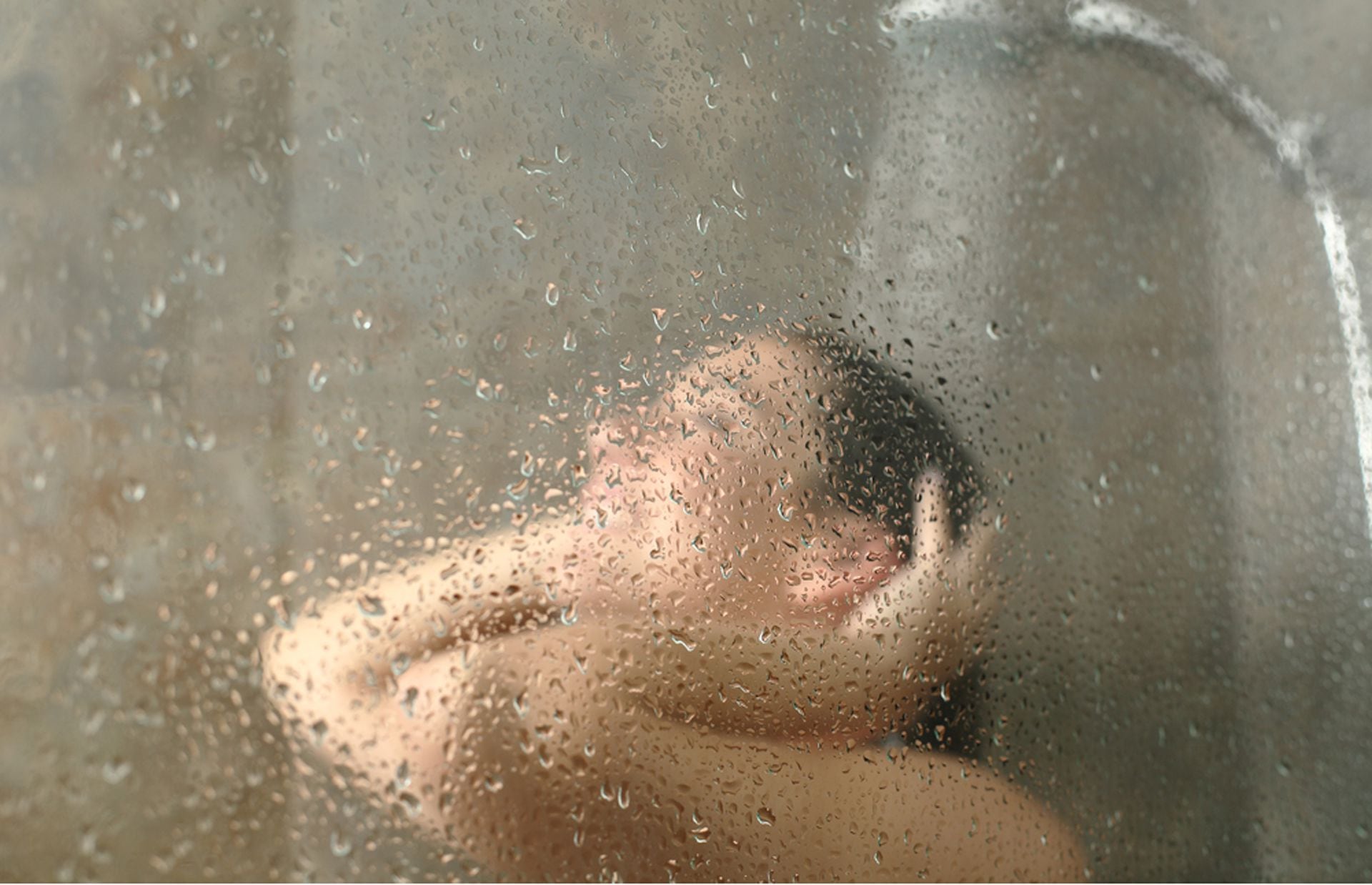
Water scarcity is a human-induced phenomenon and climate change in places where the population has increased considerably. Some of its causes are pollution or unorganized urbanization, since in regions with lack of infrastructure it is more difficult to transport the natural resource.
In the case of Mexico City, 40,000 liters of water per second are extracted from the underground, equivalent to two thirds of the total consumed in Mexico City. Manuel Perló Cohen of the Institute of Social Research (IIS) of the UNAM noted that “another significant amount is extracted from the Cutzamala system of which there are 15,000 liters per second and from the Toluca-Lerma aquifer.
He also pointed out that for the supply of CDMX, the aquifers of the territory and the State of Mexico and Hidalgo are overexploited. The coordinator of the book The Study of Water in Mexico New Theoretical-Methodological Perspectives announced that due to the current rate of extraction, the country's capital would only have water for about 40 years.

In Mexico there are 653 aquifers, 38.7% of the water used in the country is extracted from these sources. Perló indicated that 105 of them are overexploited, he explained that in the Valley of Mexico, Texcoco also presents the same situation.
He said that if no changes are made in the matter of the underground liquid, a silent catastrophe will develop, since at first glance it is not detected as when dams decrease, the pollution of a river or a dry spring: “Here we cannot see with the same drama the disaster that is actually happening”.
With data for 2018, the National Water Commission (Conagua) reported that 68% of the use of natural resources in agriculture, public supply, self-supplied industry and thermoelectric plants emanated from lakes, streams, rivers and dams, and the rest from groundwater.

The highest water consumption is destined to the agricultural sector with 75.7%, while the rest is distributed in industries and services as well as for domestic use. The UNAM researcher explained that the main source of groundwater recharge is snow and rain that leaks underground and is then extracted with the help of wells and pumps.
He also stressed that “it is not easy to know how much water is in the subsoil; very modern studies must be carried out, with very advanced technology in order to identify how much resource there is and what quality it has, whether it is potable or not, because it can often contain naturally occurring chemicals”.
Another problem he mentioned is that due to the overexploitation of aquifers, the reserves of the natural resource are depleted, which causes greater extraction from the depths, that means higher costs and that when wells are exhausted they must be replaced. It also causes subsidence in the subsoil of the capital's Zócalo, which is currently eight meters below the level it was 100 years ago, in the same way it causes the breakdown of infrastructure.
What can be done?
Although it cannot be reversed due to its difficulties, it can be stopped according to Manuel Perló so that “the slope does not become increasingly sharp and extreme”. He stressed that more research is needed to know the level of water reserves in the city.
He indicated that it is important to protect the aquifer recharge areas as if they were sacred places. He recommended reducing consumption with the help of domestic and industrial saving equipment: “We have great potential for savings in households, but there must also be a significant change in agricultural activity.”
KEEP READING:
Últimas Noticias
Debanhi Escobar: they secured the motel where she was found lifeless in a cistern
Members of the Specialized Prosecutor's Office in Nuevo León secured the Nueva Castilla Motel as part of the investigations into the case

The oldest person in the world died at the age of 119
Kane Tanaka lived in Japan. She was born six months earlier than George Orwell, the same year that the Wright brothers first flew, and Marie Curie became the first woman to win a Nobel Prize

Macabre find in CDMX: they left a body bagged and tied in a taxi
The body was left in the back seats of the car. It was covered with black bags and tied with industrial tape
The eagles of America will face Manchester City in a duel of legends. Here are the details
The top Mexican football champion will play a match with Pep Guardiola's squad in the Lone Star Cup

Why is it good to bring dogs out to know the world when they are puppies
A so-called protection against the spread of diseases threatens the integral development of dogs




